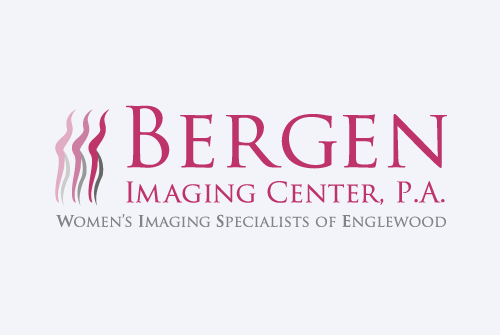Updated 11/13/20
While callbacks after a screening mammogram are relatively uncommon, they do happen. The American Cancer Society estimates that up to 10 percent of women who undergo the procedure will receive a callback for further testing.
The percentage is much lower in facilities that utilize 3D digital breast tomosynthesis (more commonly called 3D mammography).
Bergen Imaging Center exclusively performs 3D tomosynthesis on all screenings. Less than 10 percent of that group will be diagnosed with breast cancer.
Mammograms have been shown to detect breast cancer in its earliest stages while it is still treatable. While it’s hard not to panic after a mammogram callback – most of the time callbacks are nothing to worry about.
Common reasons for callbacks after a mammogram:
- Cysts
- Dense breast tissue
- Benign (non-cancerous) tumors
- Image needs to be retaken
- First mammogram (doctor has no prior images to compare it to)
It’s important to remember that a mammogram callback does not mean that you have breast cancer. It just means the radiologist found something in your mammogram that needs further evaluation.
For example, it could be a breast cyst or other common benign lump. A breast cyst does not cause breast cancer, and is thought to be caused by normal changes in hormone levels.
Another reason for a mammogram callback is because the patient has dense breasts. Dense breast tissue can obscure parts of the breast – even if there is nothing cancerous there.
Another common cause for mammography callbacks is a first time mammogram. This happens because there are no other screening mammograms to compare it to. Women who haven’t gone through menopause are called back for a diagnostic mammogram at higher rates than women who have.
What to expect after a mammogram callback
Your follow-up appointment will generally include a diagnostic mammogram. In addition to a diagnostic mammogram, your physician may also prescribe an ultrasound.
A breast ultrasound, also called a sonogram, is a non-invasive diagnostic test that uses sound waves to create digital images of breast tissue. The procedure is quick, painless, and safe for everyone—even pregnant women—as there is no exposure to radiation. It is commonly used in women with dense breast tissue.
What is a diagnostic mammogram?
A mammogram is an x-ray of the breast. A screening mammogram is administered regardless of whether or not you have symptoms of breast cancer. A diagnostic mammogram is used to further investigate an equivocal, indeterminate or suspicious results on a screening mammogram – and to rule out – or support a breast cancer diagnosis.
A diagnostic mammogram is almost identical to a screening mammogram (the initial procedure), except that special images with either magnification or spot compression, so the radiologist can closely examine any abnormalities.
Most likely outcomes of your follow up appointment:
- Everything is fine and the equivocal area turned out to be nothing to worry about.
- Everything seems fine now, but your doctor wants to monitor the probably benign findings for changes. Your next mammogram will be in 6 months.
- Breast cancer has not been ruled out. Further action is necessary, such as a biopsyDiscuss results with your physician.
No matter what the results are after a mammogram callback – know that you are in good hands at Bergen Imaging Center.

